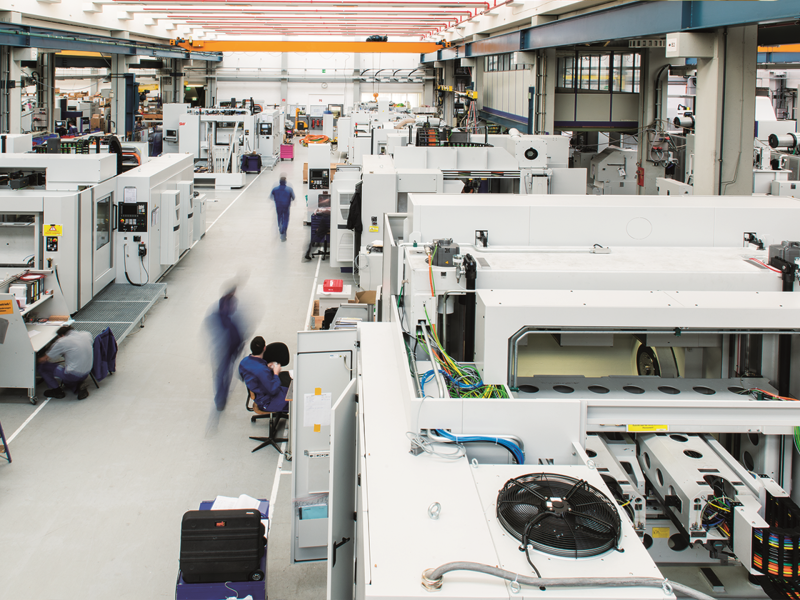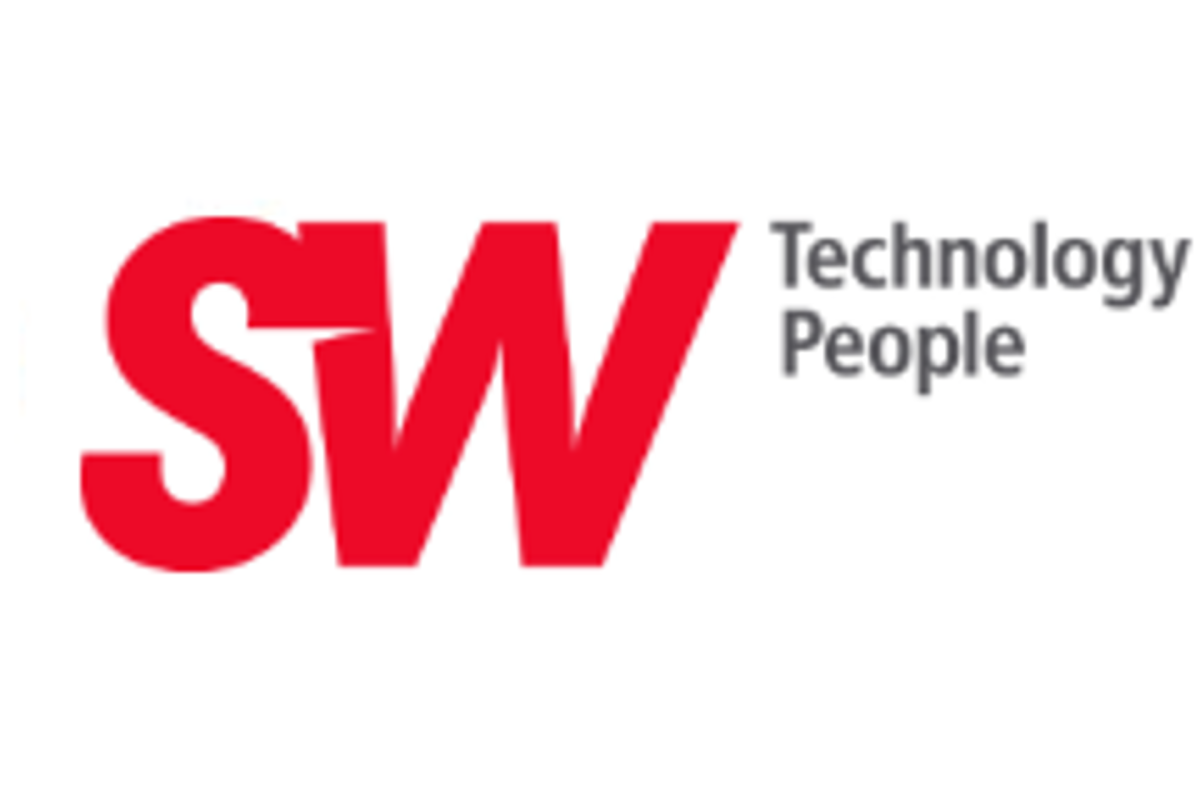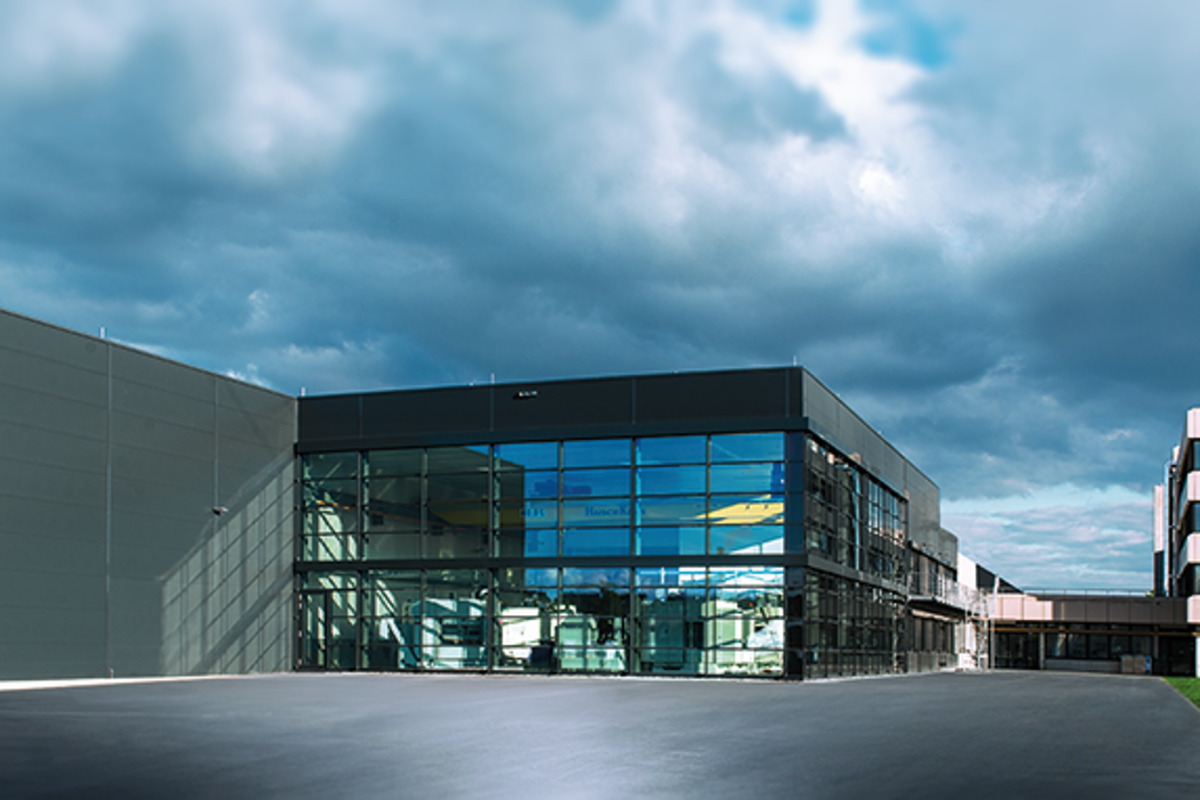One objective was to establish open structures and encourage an exchange of ideas between different departments. An essential prerequisite for the success of such an initiative is that the management team at SW support the issue and put the will to make change into practice. The managers therefore initiated an internal discussion that focussed on the further development of the company’s organisational structure.
The more the plans took shape, the more frequently the discussions also revolved around IT topics. For although technology was not initially the focus of the project, it was clear that suitable IT strategies, governance and infrastructure were the basis for a successful digital transformation. SW searched for an experienced partner to help them first analyse and optimise the existing IT setup. There were four service providers and the adesso experts came out on top.
The IT specialists started their work and, as a first step, established the basis for controlling and implementing the company’s digital transformation. All those involved quickly realised that the collaboration involved more potential and topics than originally thought. “Our IT experts were in demand at the beginning,” remembers Robert Schulze, Project Manager at adesso. “We concentrated on quite traditional topics such as the application landscape in an international context or the setup and performance of the IT department.” As the project progressed, the range of tasks taken on by adesso was extended bit by bit. Robert Schulze’s team is now increasingly concerned with strategic or procedural issues, such as the IT strategy in the context of the company’s business strategy or the shaping of the digital transformation vision. This is an entirely logical development for Johannes Zuckschwerdt: “On the one hand, it simply works well on a personal level, which is an important factor when a team is working together closely. On the other hand, adesso provides its expertise and experience as an impartial adviser to help us solve our key problems.”
At the moment, SW and adesso are jointly involved in laying the foundations for the digital transformation of the company. Items on the agenda include developing standardised business processes, also in an international context, as well as establishing IT architecture that provides optimum support for these processes. The aim of all this is to be able to offer customers better machines, manufacturing systems and services – in a digital world as well.


